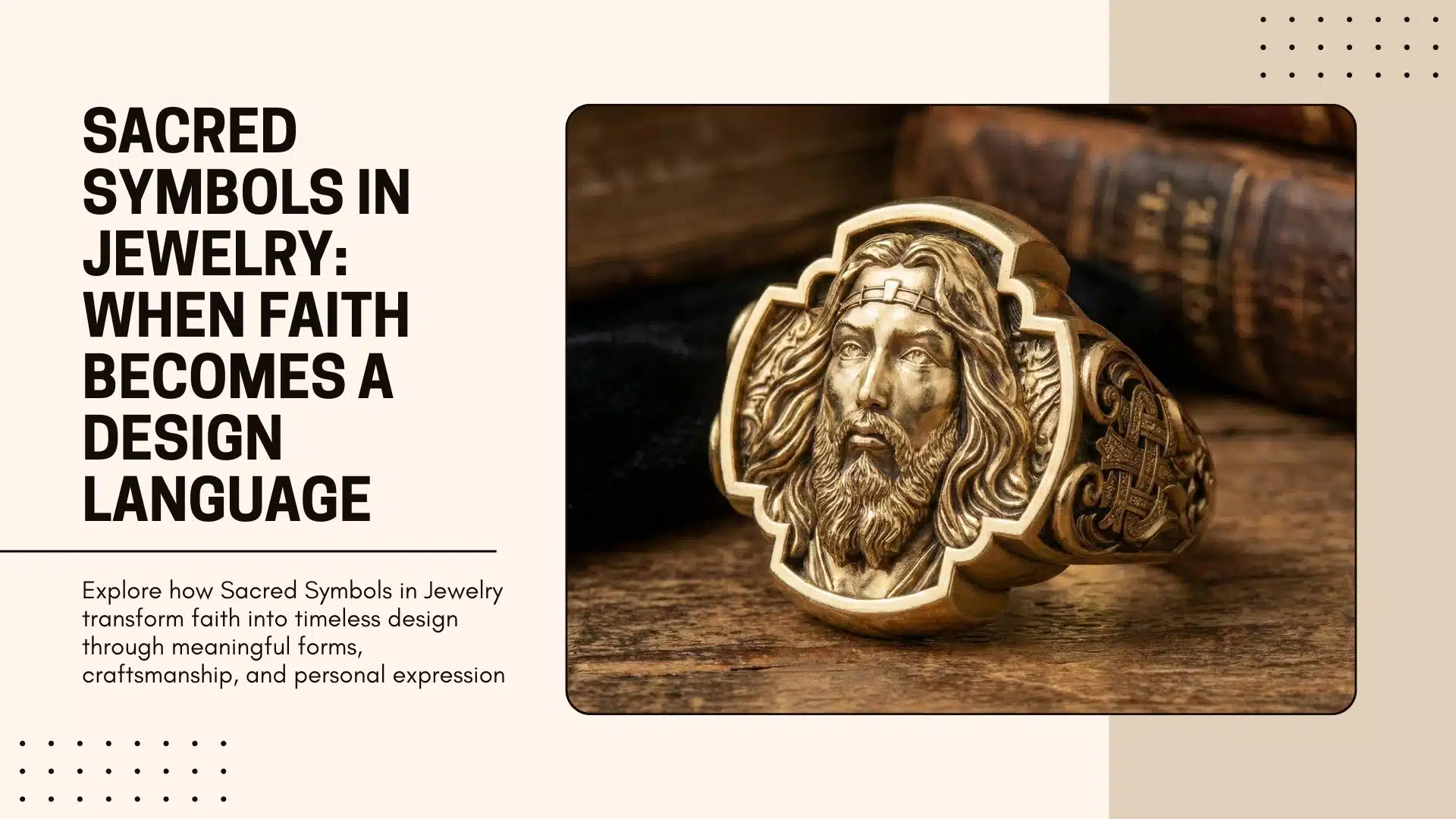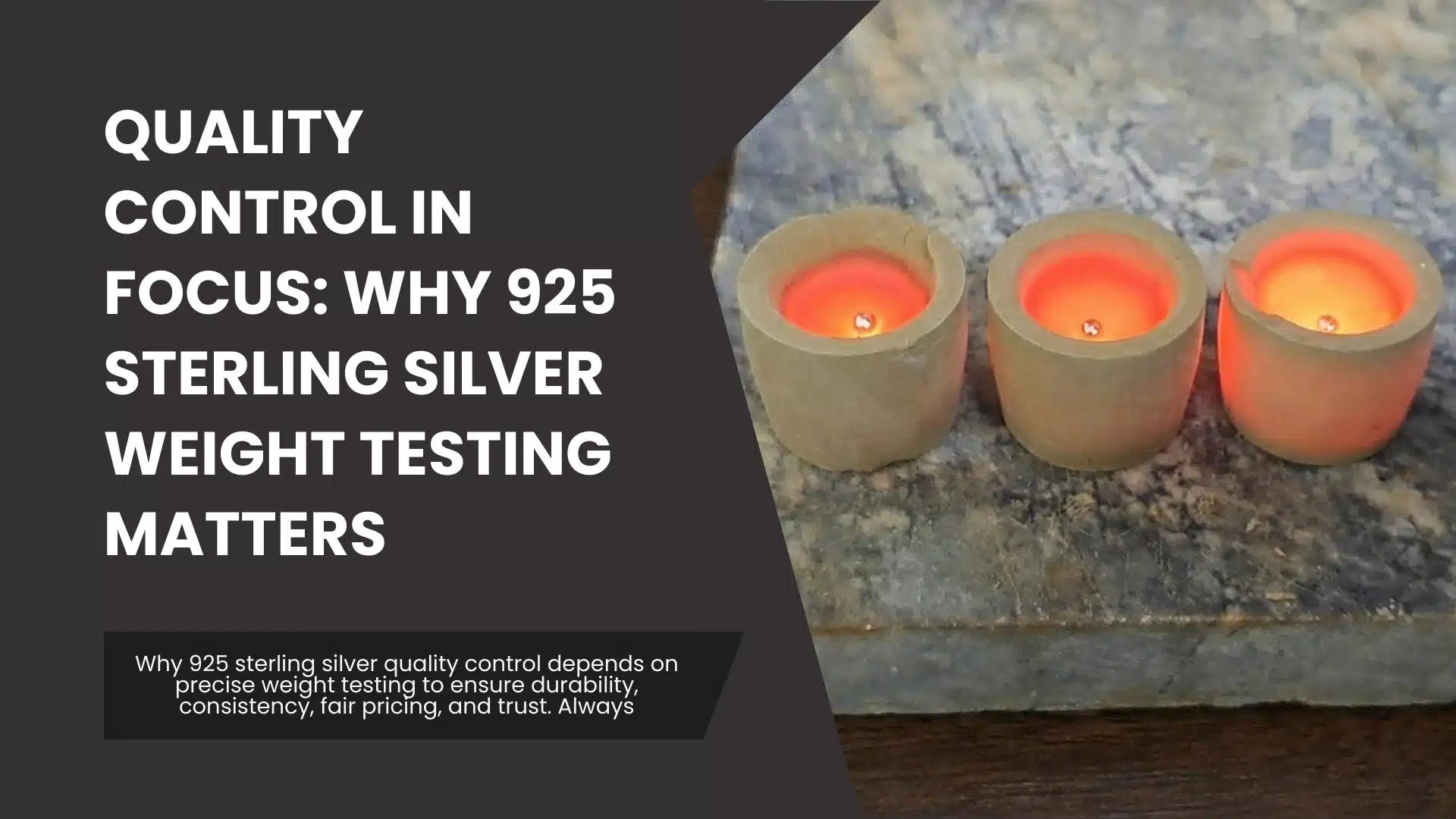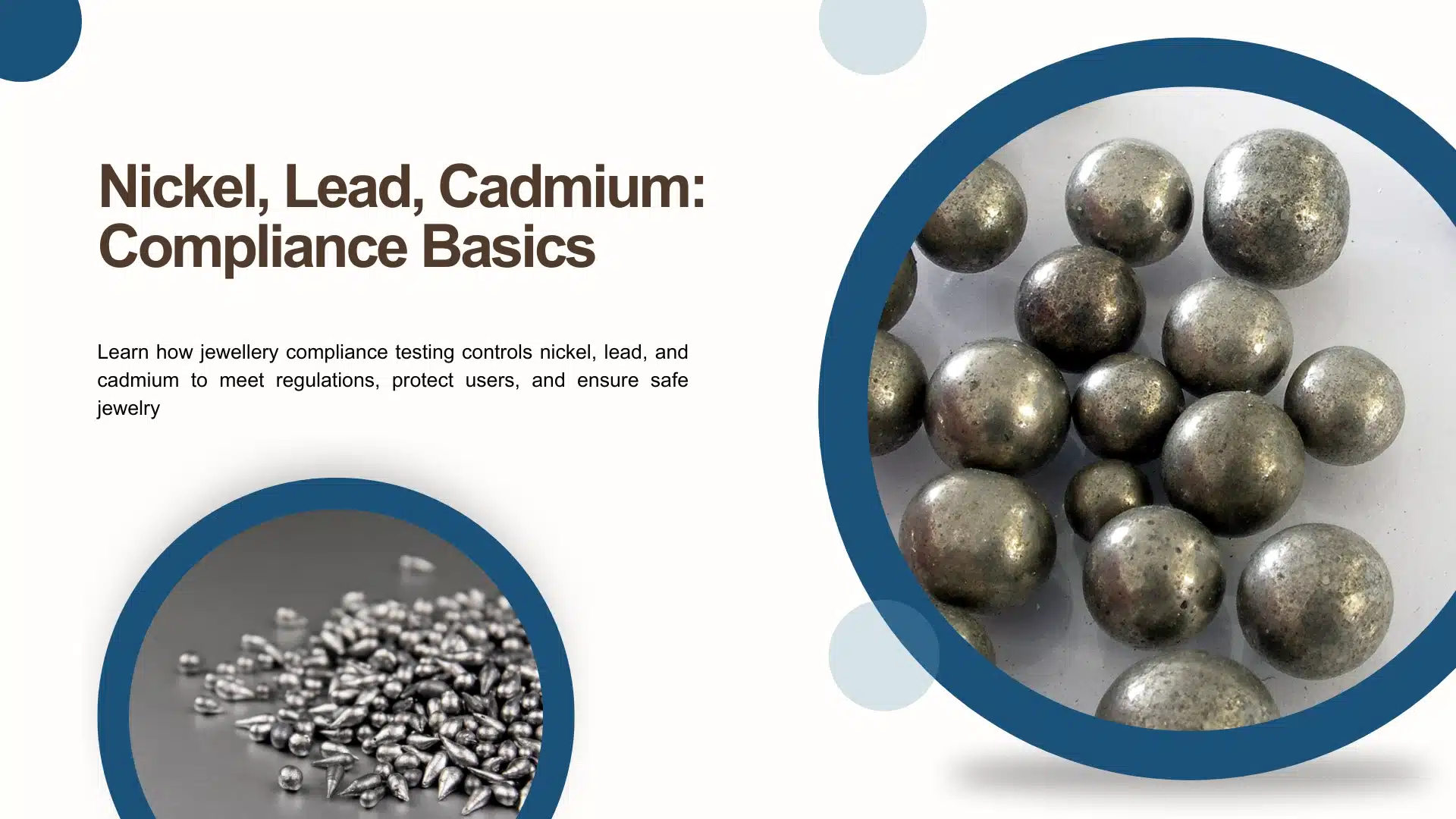The Craft of Custom Jewelry Making
Creating custom jewelry
is a mesmerizing blend of art, craftsmanship, and personal expression. From the first conceptualization to the final polished piece, each custom jewelry item serves as a unique testament to both the wearer’s vision and the jeweler’s skill. This blog delves into the detailed process involved in bringing custom jewelry to life, offering insight into the artistry and technical expertise that transform ideas into tangible, cherished treasures. From Concept to Creation: The Craft of Custom Jewelry Making highlights the journey that turns inspiration into a timeless work of art.
From Concept to Creation: The Craft of Custom Jewelry Making
Capturing the Client’s Vision
The process begins with an in-depth consultation where the client and the jeweler discuss the vision, purpose, and inspiration behind the piece. This stage is crucial for setting the groundwork for the design, involving key decisions about materials, gemstones, and budget. It’s a collaborative effort to ensure that the final product echoes the client’s desires and stays within their financial means.
From Concept to Creation: The Craft of Custom Jewelry Making
Creating the Blueprint
After clarifying the client’s requirements, the jeweler sketches preliminary designs. This creative phase may involve traditional drawing or utilizing Computer-Aided Design (CAD) software to produce detailed and accurate representations. These initial sketches act as the blueprint for the jewelry piece and are refined until they perfectly align with the client’s vision.
From Concept to Creation: The Craft of Custom Jewelry Making
Transitioning from Design to Tangible Form
Once the design is approved, a wax model is crafted. This pivotal step transforms the design from a two-dimensional sketch to a three-dimensional prototype. The wax model provides a physical preview of the final jewelry piece, allowing the client to make any necessary modifications to the design or fit before the piece is cast in metal.
From Concept to Creation: The Craft of Custom Jewelry Making
From Wax to Precious Metal
The creation of the jewelry piece truly begins with the casting process. The wax model is used to create a mold, into which molten metal—selected from options like gold, silver, platinum, or another material—is poured. After the metal cools and solidifies, the mold is broken away to reveal the rough casting of the jewelry, which is then meticulously cleaned and prepped for further enhancements.
From Concept to Creation: The Craft of Custom Jewelry Making
Embellishing with Precision
If the design includes gemstones, the next step involves the precise and careful setting of stones. They must be securely embedded and aligned with the overall aesthetics. The piece then undergoes a thorough polishing process to enhance its luster and smooth any imperfections. Additional textural details or finishes may also be applied to achieve the final desired look.
The Signature of Individuality
The Craft of Custom Jewelry Making
The creation of custom jewelry is not just about crafting a piece of adornment; it’s a deeply personal journey that reflects the client’s individual story, style, and sentiments. Each step, from the initial consultation to the final presentation, is infused with meticulous attention to detail and commitment, ensuring that the final piece is not only exquisite but also a meaningful emblem that will be treasured for generations. Whether commemorating a special occasion or expressing a personal style, custom jewelry stands out as a symbol of individuality and artistic passion.
Create Your Design
Related Posts

Sacred Symbols in Jewelry: When Faith Becomes a Design Language
Jewelry has always carried more than beauty. Across cultures and centuries, people have used jewelry to express belief, protection, and identity. Today, Sacred Symbols in Jewelry continue this tradition by turning faith into a visual language. These designs speak quietly yet powerfully, connecting personal belief with wearable form. Rather than follow trends, sacred jewelry carries timeless meaning.

Quality Control in Focus: Why 925 Sterling Silver Weight Testing Matters
In jewelry manufacturing, quality does not rely on appearance alone. Strength, durability, and value all depend on precise material control. This is especially true for silver jewelry. That is why 925 sterling silver quality control begins with accurate weight testing. Weight affects cost, comfort, structure, and trust. When brands measure correctly, they protect both their products and their reputation.

What Every Founder Should Know Before Starting a Jewelry Brand
Starting a jewelry brand feels exciting. Many founders begin with beautiful ideas, strong emotions, and creative passion. However, success depends on more than design alone. This is where jewelry brand planning becomes essential. A clear plan helps founders avoid costly mistakes and build a brand that lasts. Before choosing materials or launching products, every founder should understand the business side of jewelry.

Nickel, Lead, Cadmium: Compliance Basics
Jewellery touches the skin every day, which makes safety non-negotiable. Metals such as nickel, lead, and cadmium can cause serious health concerns when used incorrectly. This is why jewellery compliance testing has become a core requirement for responsible manufacturers and brands. Compliance protects consumers, builds trust, and ensures products meet international regulations.

Gold Price Volatility: How to Protect Margins
Gold prices rarely move in a straight line. They rise with inflation fears, fall with market optimism, and react quickly to global events. For jewelry manufacturers and brands, this constant movement creates pressure on margins. That is why having a clear jewellery hedging strategy is no longer optional. It allows businesses to manage uncertainty, protect profitability, and plan production with confidence.






